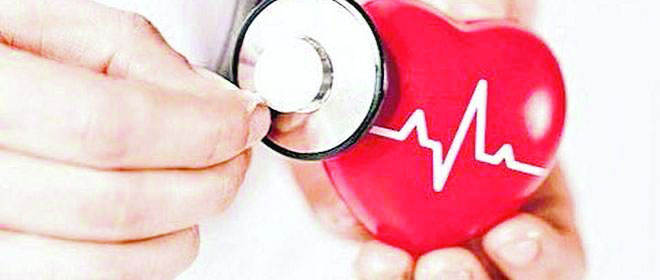Given India’s high stroke burden, while significant advancements in treatment have been made the need is for an in-depth study of genetic and epidemiological factors to understand the root of the problem
India is undergoing epidemiological transition and is faced with a daunting dual challenge of both communicable and non-communicable diseases.
Notably, while communicable diseases continue to pose intermittent challenges to the country’s health care infrastructure with seasonable epidemics, cases of non-communicable diseases are mounting and constitute a much higher disease burden than communicable diseases.
This is largely explainable in terms of increasing life-expectancy, changing demography, rapid urbanisation, the pernicious impact of globalisation, changing lifestyle leading to sedentary work-nature, nuclearised families, rising stress and work-life imbalance.
An intriguing finding emerging from stroke incidence studies in our country is that Indians are more susceptible to stroke than their Western counterparts. The estimated incidence rate of stroke in India has recorded, in different studies, age-standardised incidence rate of 145 and 154 per 1,00,000 per year; whereas in the US, it is 107 per 1,00,000; in Europe 61 to 111 per 1,00,000 per year; and Australia 99 per 1,00,000 per year. A higher incidence of stroke in India, therefore, calls for an in-depth study of genetic and epidemiological factors, which are yet to be fathomed out and elucidated.
It is worthwhile to note and encouraging that for treatment of stroke, significant advances have taken place in terms of technology as well as drugs. Since 2015, a number of research studies have consistently demonstrated that blockage of major artery supplying blood to the brain can be removed with the use of devices which can either suck out or ensnare and pull out the blood clot.
This treatment can salvage the brain tissue at risk, which can be identified through neuro-imaging technology. These technological advances have brought significant success in improving the patient’s condition after the stroke.
There are also clot dissolving drugs which can help open the blockage and the affected artery, if used within three to four-and-half hours after the onset of the stroke. Let there be no doubt that sincere efforts are being made to make these technologies and treatments available for patients with stroke.
But it remains a matter of deep concern and worry that even under best circumstances, not more than 10 per cent of the patients with stroke are fortunate enough to get these high-tech and high cost treatments.
Moreover, coupled with an acute shortage of accomplished neurologists and neurosurgeons, the problem gets confounded for worse. Obviously, societal impact of these state-of-the-art technologies and treatments is quite small, given the enormity of the problem of strokes and constraints of accessibility and affordability of treatments available.
This calls for further research so as to develop widely applicable and high impact treatment modalities, besides creating an adequate pool of highly specialised and expert doctors.
Remarkably, as pointed out by an Australian study, simple interventions like control of fever, blood sugar and swallowing can make more difference in patient outcome than clot-dissolving drugs in stroke, if used by well-trained medical and nursing personnel under well-defined protocols.
This requires effective organisation of stroke care in multi-disciplinary stroke care units (SCU) where patients are treated by coordinated efforts of doctors, nurses, physiotherapists and other healthcare workers as required.
This has tremendous potential to improve the quality of care and patient outcome even in remote hospitals at the district level, not only in medical college hospitals. This needs speedy integration with the Indian medical protocol so that the reach of the research findings percolate down to all hospitals, down to the district level in keeping with the philosophy of the country’s National Health Policy 2017, which aims to make health care accessible, affordable and effective for all.
(The writer is Union Minister of State for Health and Family Welfare)


























